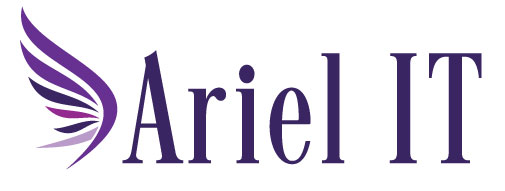Why Nonprofits Should Start Looking To The Cloud
This article excerpt, by Nicole Fallon,originally appeared here: http://bit.ly/1nUPCGM
Several years ago, when cloud solutions first became popular, businesses of all sizes jumped on board and migrated to the cloud for their storage and communications needs. Nonprofits, in general, have been slower to adapt to this trend, but many are beginning to take advantage of the many benefits of cloud software.
“For nonprofit organizations, every dollar spent on IT infrastructure is one less dollar to spend on their mission,” said Todd Krautkremer, vice president of sales and marketing at cloud-based virtual private network http://pertino.com” title=”” target=”_blank”>Pertino. “There is a wide range of cloud applications, services and tools available that can help save time and money, and improve efficiency.”
Two of the biggest technology-related challenges nonprofits — especially field-based ones — face are communication among bases, and ease of access to important organizational documents. Shirley Gao, managing director of global health nonprofit Wellbody Alliance, said that cloud solutions have helped her organization’s U.S.-based staff stay in touch with its clinics and communities in rural eastern Sierra Leone. Prior to implementing these cloud tools, the only way for remote staff members to communicate was through email and phone calls, which were often unreliable.
“The communications infrastructure in Sierra Leone is extremely poor,” Gao told Business News Daily. “We worried that crucial information might be lost between the U.S. and Sierra Leone.
Cloud technology can also help nonprofits find a way to volunteers access to the information they need, without having to enter a VPN or have specialized hardware.
While the cloud can offer a cost-effective alternative to traditional on-premise hardware and software, it’s important to consider all variables when searching for the right solution, Krautkremer said. Ease of use, deployment and support are three of the top factors nonprofits should keep in mind, he said.
Scheinker noted that security and control become very important when members of a nonprofit are accessing and sharing sensitive information. Your cloud solutions should have strong metrics for tracking http://www.businessnewsdaily.c…” title=”” target=”_blank”>documents stored and shared with them, as well as tools to track who accessed those files. Tools with automatic backup/restore options and multilayer security models can help you rest assured that you’ll never lose your organization’s most important data, Krautkremer added.
When it comes to finding the right solution for your nonprofit, consider all factors involved and choose one that’s good for your workflow, budget and staff.
“Consider tech solutions as an investment,” Gao said. “The costs may seem high up front, but if you can get the right tech solutions in place, the organization will benefit in the long run. It is much better to get staff trained in one tool or database and have them use it for many years than to keep switching platforms and tools because there wasn’t enough consideration in the beginning about what would be most appropriate for the nonprofit at the time and in the future.”
arielMIS is a Managed Service Provider (MSP) providing businessCARE™ IT services designed to keep you and your employees productive and safe. Contact Us if you’re interested in learning more about our services.
